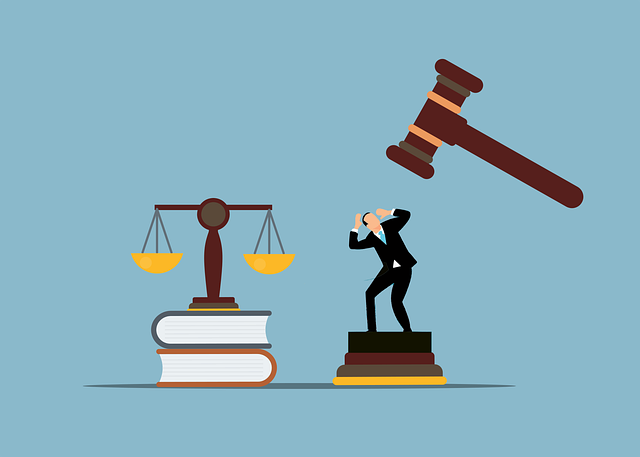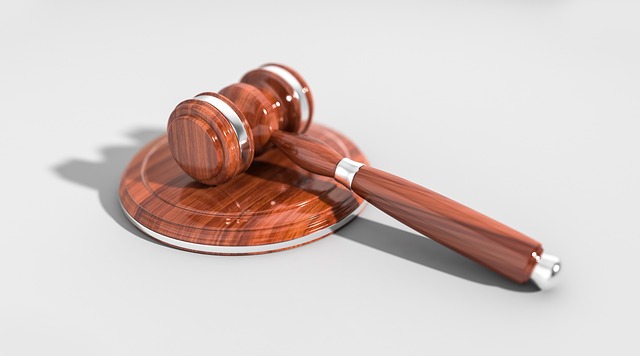Accurate and comprehensive accident injury documentation is vital for individuals seeking long-term compensation, especially in complex business litigation. This involves meticulous record-keeping of medical reports, witness statements, and photographs to detail the incident and its effects. Immediate action ensures information remains accurate and available, strengthening legal claims. Such documentation increases success rates in securing compensation for various accident injuries, including slip and falls, elder abuse, and auto accidents. Regular reviews and updates are essential for a well-structured system that captures every aspect of an incident, enhancing favorable accident compensation outcomes.
Injury documentation is paramount in supporting long-term claims, ensuring fair compensation and efficient legal processes. Accurate records of accidents, injuries, and subsequent medical treatments are essential for building robust cases. This article delves into the critical components of comprehensive documentation, offering insights to claimants and professionals alike. We explore best practices for maintaining valid evidence over time, emphasizing the importance of detail, timeliness, and organization in the often complex landscape of accident injury documentation.
- Understanding the Importance of Accurate Accident Injury Documentation
- Key Elements of Comprehensive Documentation for Long-Term Claims
- Best Practices for Maintaining Valid and Useable Documentation Over Time
Understanding the Importance of Accurate Accident Injury Documentation

Accurate accident injury documentation is paramount for individuals seeking long-term compensation and support for their injuries. In the event of an accident, whether it’s due to a defective product or a fiduciary duty breach, proper documentation can significantly impact the outcome of any legal claims. It serves as concrete evidence, providing a detailed account of the incident, the resulting injuries, and their lasting effects.
This documentation process involves meticulous record-keeping, including medical reports, witness statements, photographs, and other relevant evidence. Personal injury lawyers often emphasize the importance of immediate action in gathering these records to ensure the accuracy and availability of critical information that can strengthen a claim over time.
Key Elements of Comprehensive Documentation for Long-Term Claims

Comprehensive documentation is essential when aiming for long-term claims related to accident injuries. The process involves meticulously capturing every detail that could impact the case’s outcome, ensuring a robust and compelling argument. Key elements include a detailed account of the incident, with timelines, descriptions, and witness statements to corroborate the story. All relevant medical records, from initial assessments to ongoing treatments, should be included, as they provide tangible evidence of injuries and their long-term effects.
For instance, in cases of slip and fall injuries or elder abuse, documentation must address the severity and longevity of the victim’s conditions, linking them directly to the incident. An auto accident lawyer would appreciate a comprehensive record that captures not just physical wounds but also psychological trauma, lost wages, and any other financial burdens stemming from the accident. This ensures a well-rounded case, increasing the chances of successful long-term compensation.
Best Practices for Maintaining Valid and Useable Documentation Over Time

Maintaining comprehensive and accurate accident injury documentation is paramount for supporting long-term claims. Over time, as cases evolve and legal strategies shift, this documentation becomes a crucial element in navigating complex business litigation. A well-organized system should capture every detail related to the incident, from immediate post-accident reports and medical records to witness statements and photographs. This includes timely updates on treatment plans, rehabilitation progress, and any new findings that may impact the claim. Consistent and meticulous record-keeping ensures that the information remains usable and valid when required for legal proceedings or negotiations with accident attorneys.
Regularly reviewing and updating documents is an essential best practice. As new evidence arises or medical conditions change, these records must reflect the most current state of affairs. This proactive approach safeguards against potential issues during claim presentations and increases the likelihood of securing favorable accident compensation outcomes.
Accurate and comprehensive accident injury documentation is paramount for supporting long-term claims. By meticulously capturing key elements, such as medical records, witness statements, and detailed descriptions of injuries, individuals can ensure robust evidence that stands the test of time. Adhering to best practices for maintaining valid documentation ensures its usability, ultimately facilitating smoother claim processes and potentially leading to more favorable outcomes. Effective documentation is a cornerstone in navigating complex legal landscapes and securing the compensation necessary for long-term recovery.






